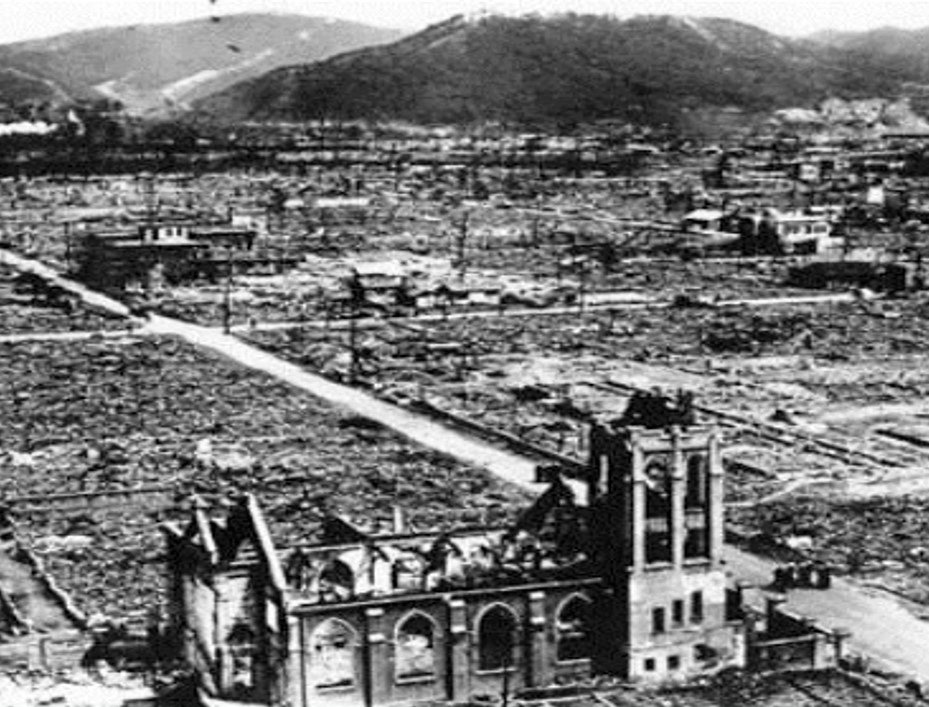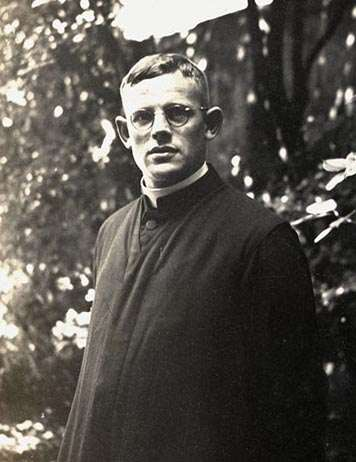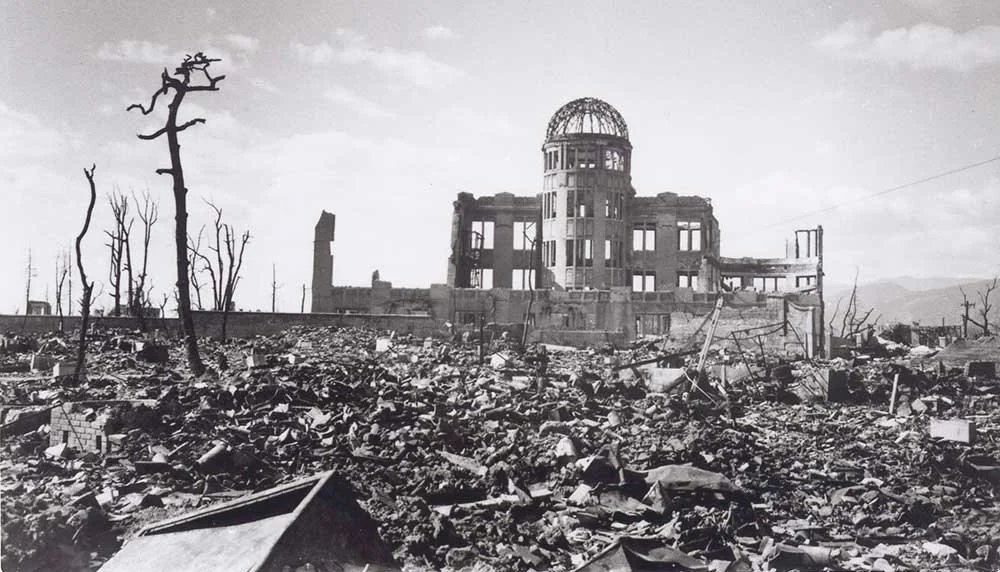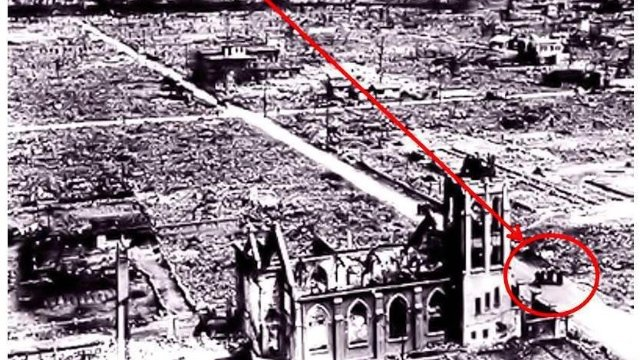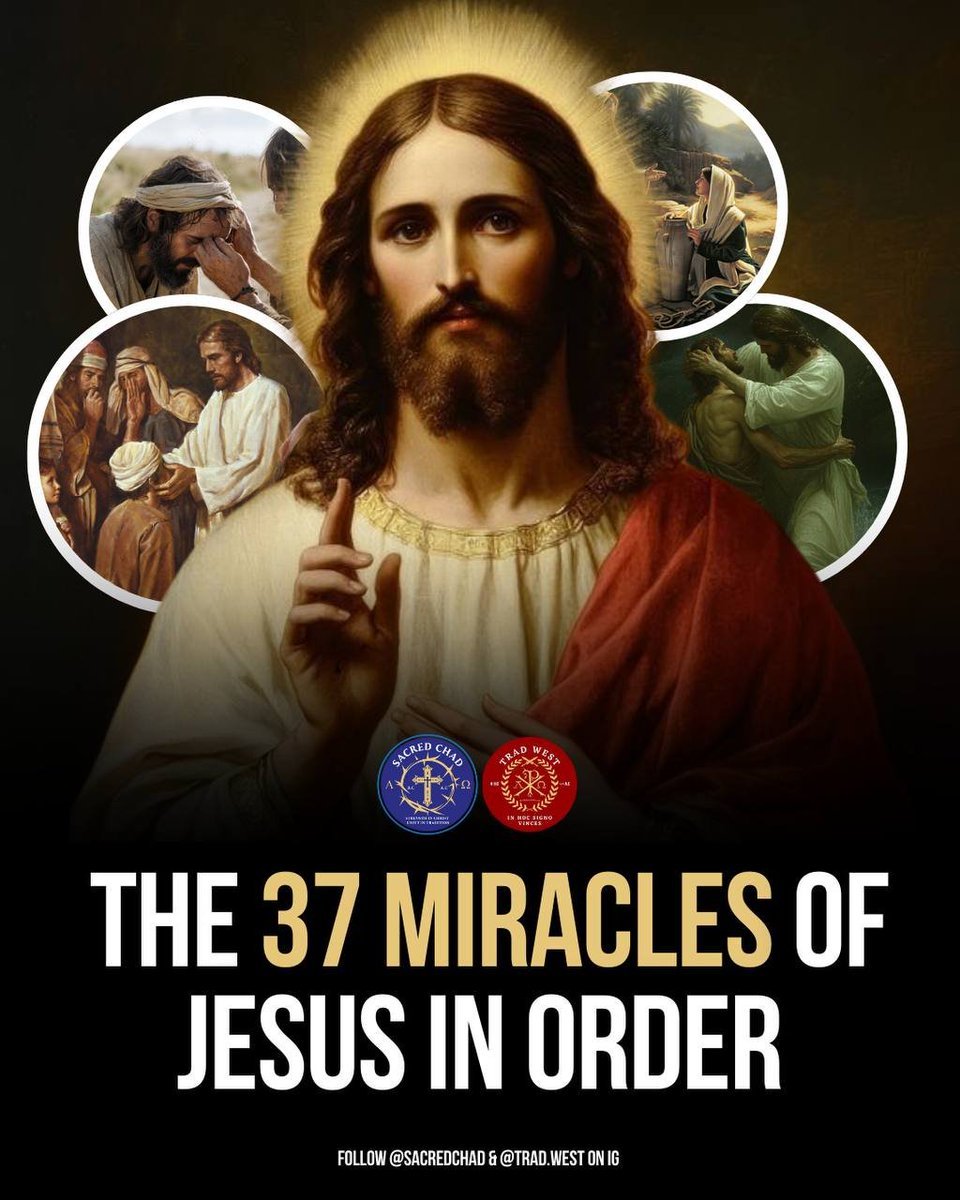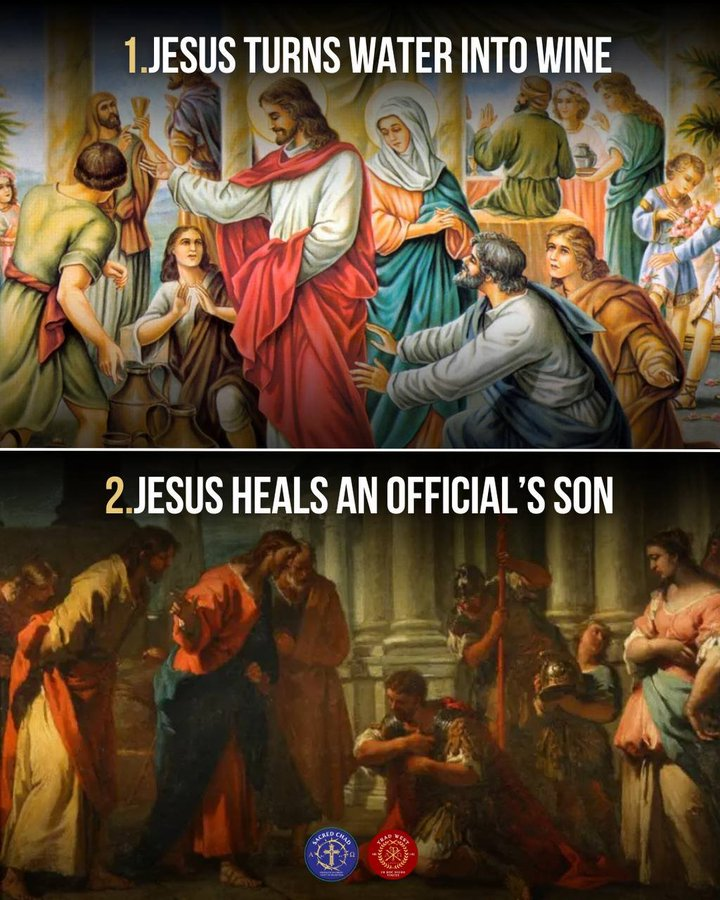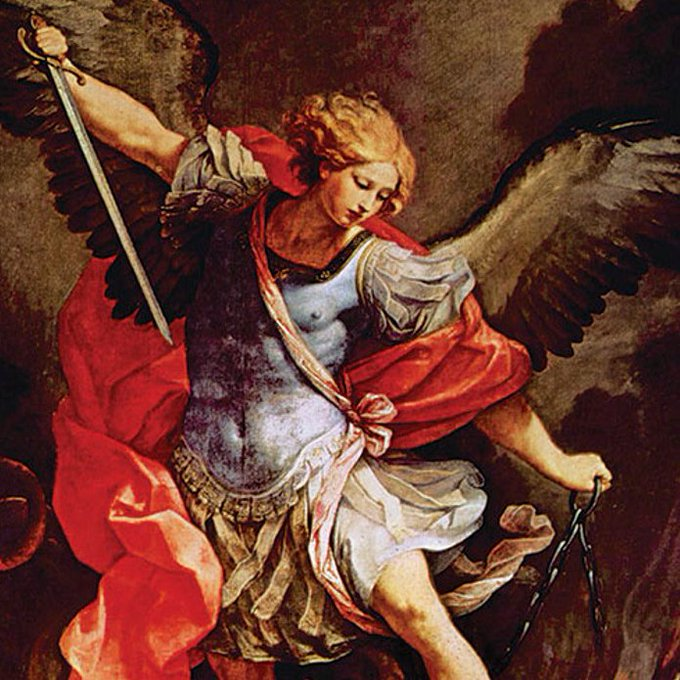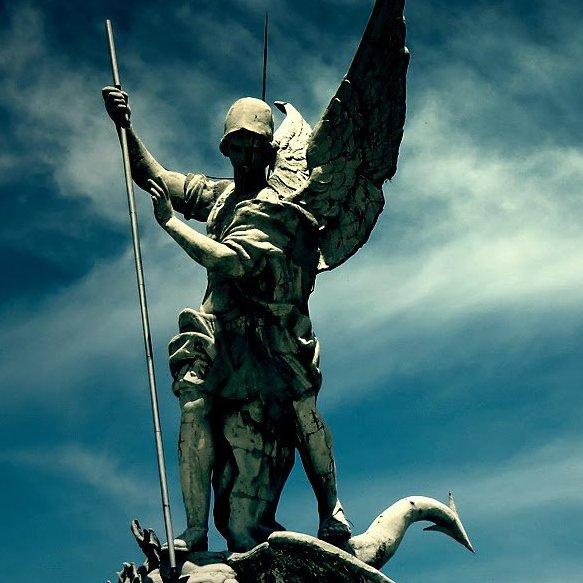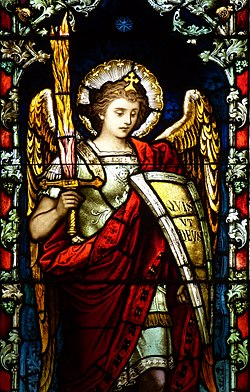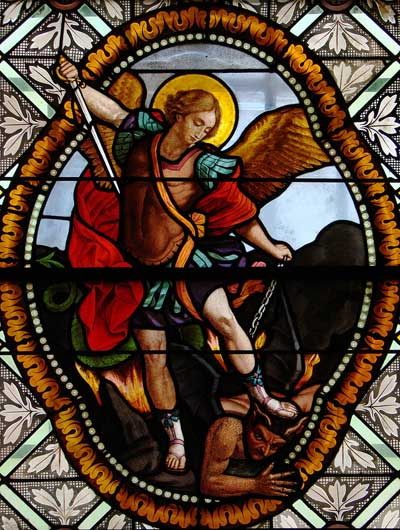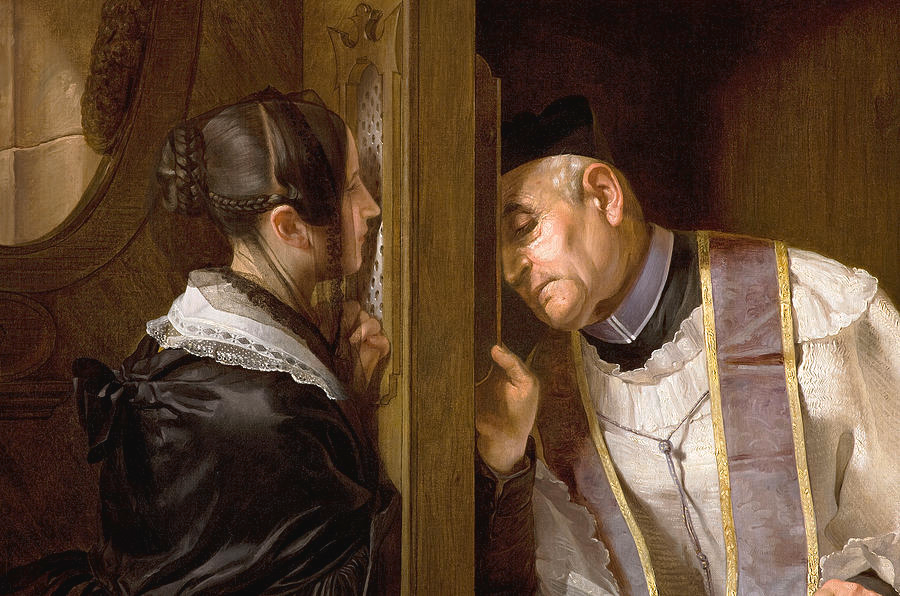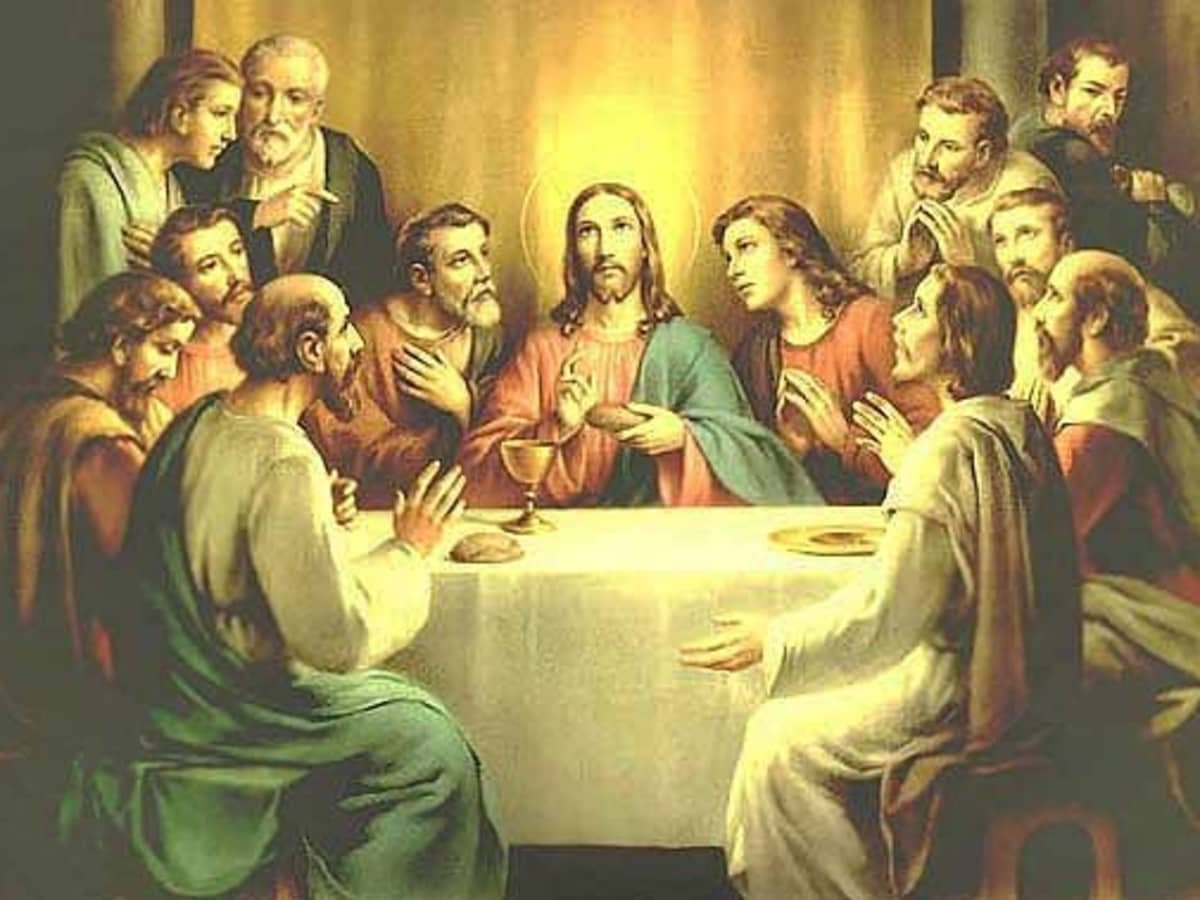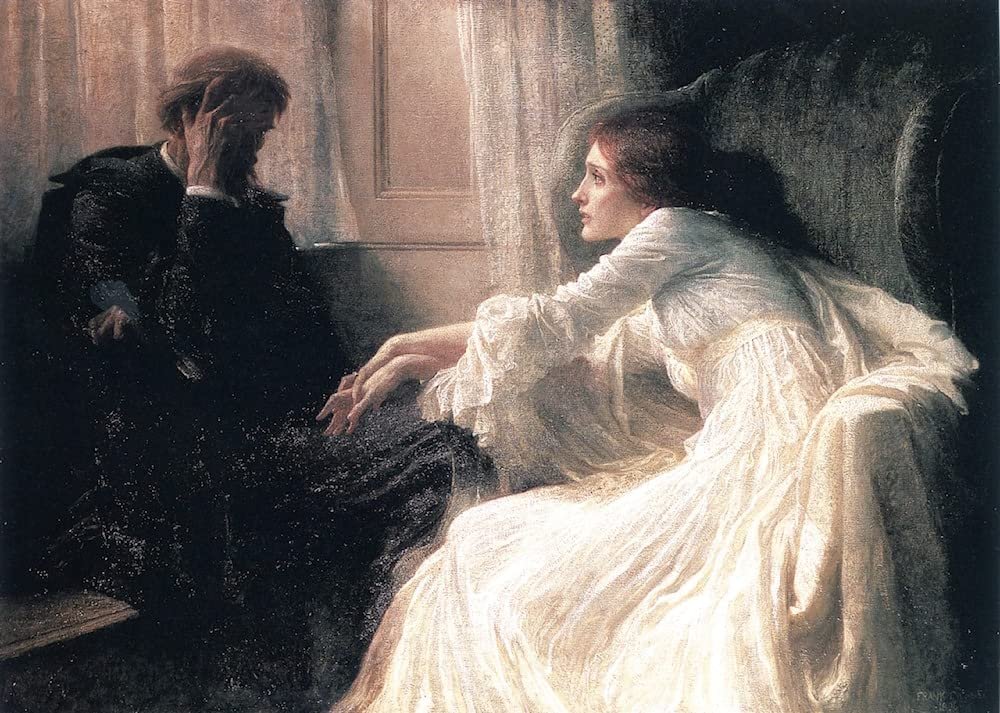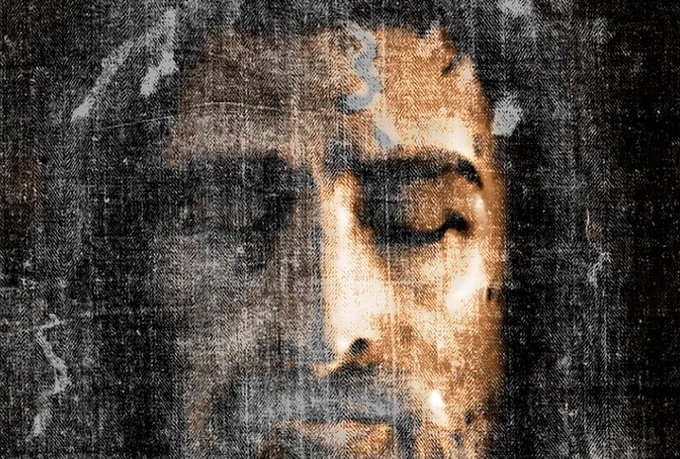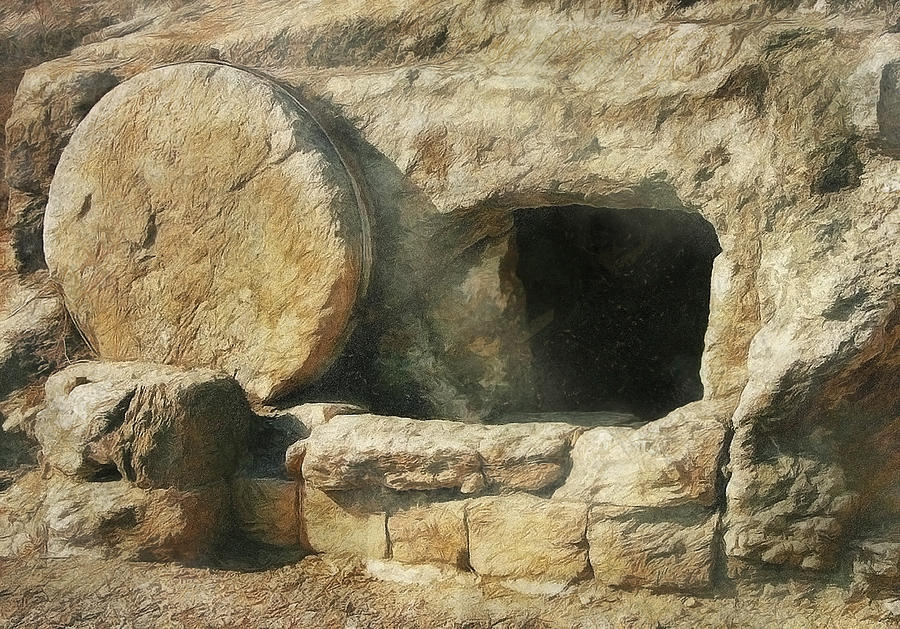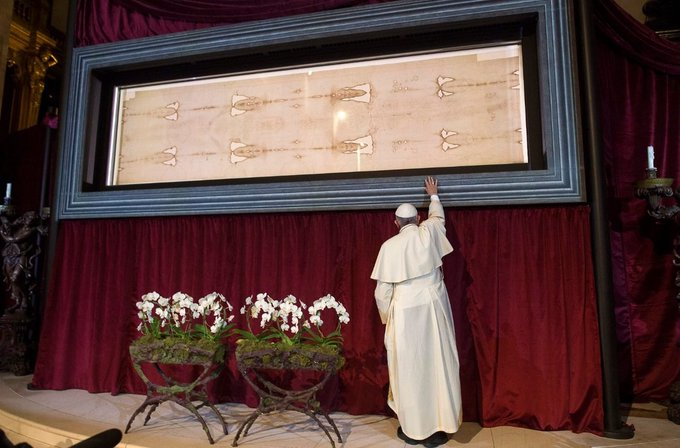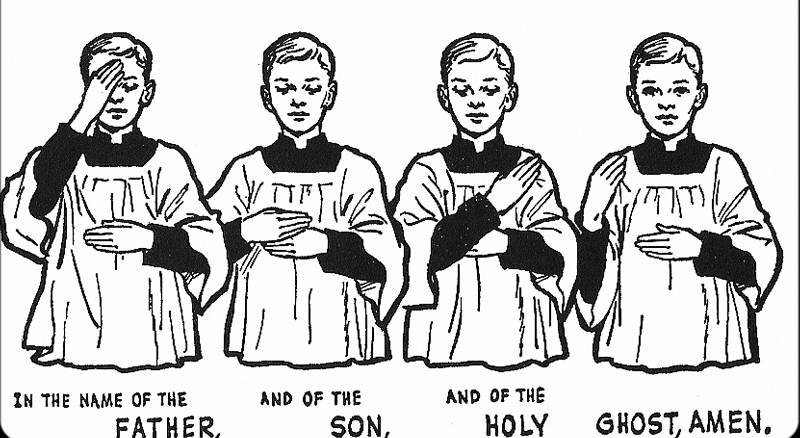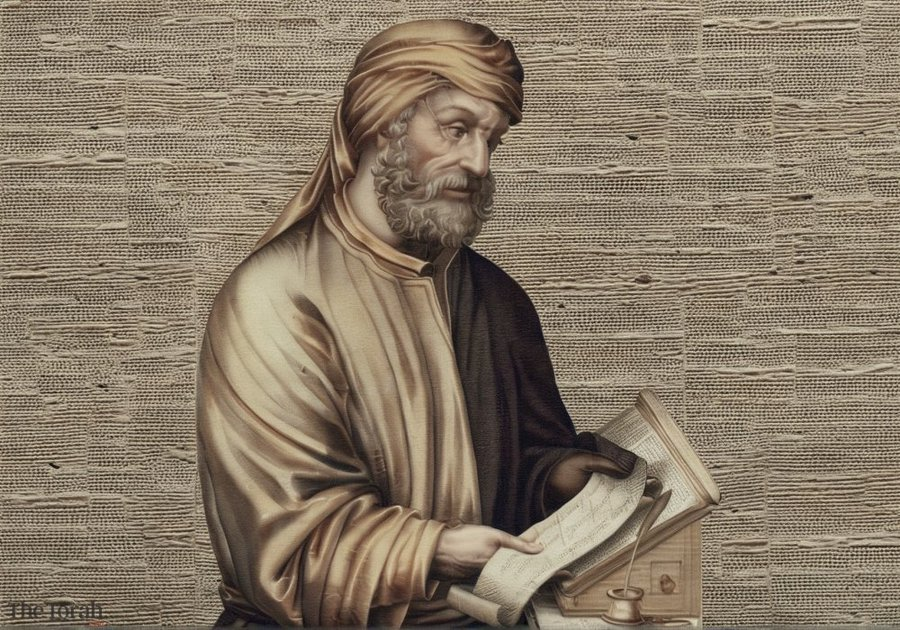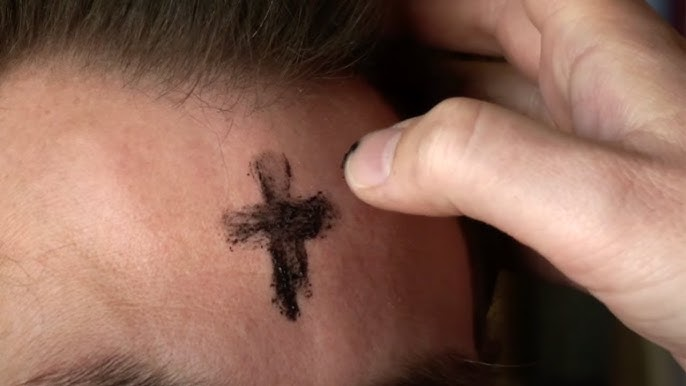Nagasaki, 1945. An atomic bomb exploded over the city. Tens of thousands died.
But just outside the blast zone, a Franciscan monastery stood untouched. The friars inside? Safe.
Why? St. Maximilian Kolbe chose the site, 14 years earlier.
The miracle of Nagasaki - a 🧵✝️

But just outside the blast zone, a Franciscan monastery stood untouched. The friars inside? Safe.
Why? St. Maximilian Kolbe chose the site, 14 years earlier.
The miracle of Nagasaki - a 🧵✝️


In the early 1930s, Fr. Maximilian Kolbe arrived in Japan as a missionary.
He was already known for his bold faith and love for the Blessed Virgin Mary.
When he reached Nagasaki, the local Catholics expected him to build the monastery in the heart of the city.
But he refused.
St. Maximilian Kolbe was extremely devoted to Our Lady. He specifically promoted devotion and consecration to the Immaculate Heart of Mary.
He was an ardent devotee of the Rosary and strongly encouraged its daily recitation.
Moreover, he understood the terrible evils wrought by freemasonry, atheism, and the errors of Russia.
He was already known for his bold faith and love for the Blessed Virgin Mary.
When he reached Nagasaki, the local Catholics expected him to build the monastery in the heart of the city.
But he refused.
St. Maximilian Kolbe was extremely devoted to Our Lady. He specifically promoted devotion and consecration to the Immaculate Heart of Mary.
He was an ardent devotee of the Rosary and strongly encouraged its daily recitation.
Moreover, he understood the terrible evils wrought by freemasonry, atheism, and the errors of Russia.
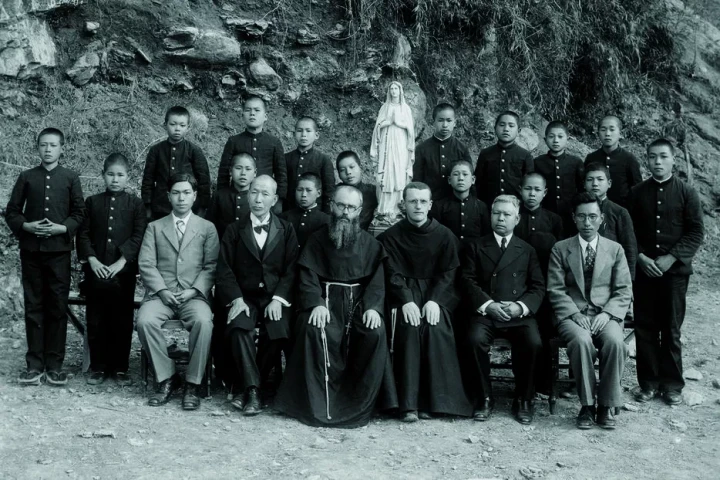
Kolbe chose a remote hillside in Hongochi, on the outskirts of town.
Why? No one understood it at the time.
Kolbe had chosen a plot of land in the suburb of Hongouchi that sat behind a mountain and faced away from Nagasaki.
While many originally criticized this placement, it was this strange positioning that would protect the monastery and its missionaries later on.
Seibo no Kishi would consist of a chapel and wooden house, a large hall for meetings and classes, and a workshop to hold printing equipment. Additionally, Kolbe would build a nearby grotto completed with the placement of a statue of Our Lady of Lourdes on May 1, 1932.

Why? No one understood it at the time.
Kolbe had chosen a plot of land in the suburb of Hongouchi that sat behind a mountain and faced away from Nagasaki.
While many originally criticized this placement, it was this strange positioning that would protect the monastery and its missionaries later on.
Seibo no Kishi would consist of a chapel and wooden house, a large hall for meetings and classes, and a workshop to hold printing equipment. Additionally, Kolbe would build a nearby grotto completed with the placement of a statue of Our Lady of Lourdes on May 1, 1932.


Years passed. The monastery was built.
The friars prayed, studied, and served the poor.
Kolbe eventually returned to Poland, where he would give his life in Auschwitz.
But the seeds of his prophecy remained.
The friars prayed, studied, and served the poor.
Kolbe eventually returned to Poland, where he would give his life in Auschwitz.
But the seeds of his prophecy remained.
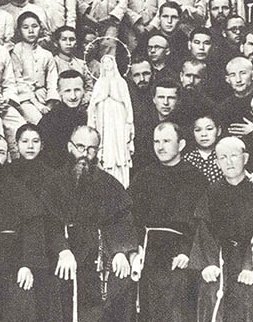
On August 9, 1945, the second atomic bomb was dropped on Nagasaki.
The blast destroyed most of the city.
The Catholic district, where Kolbe had not built, was flattened.
Thousands of Catholics died instantly.
The blast destroyed most of the city.
The Catholic district, where Kolbe had not built, was flattened.
Thousands of Catholics died instantly.
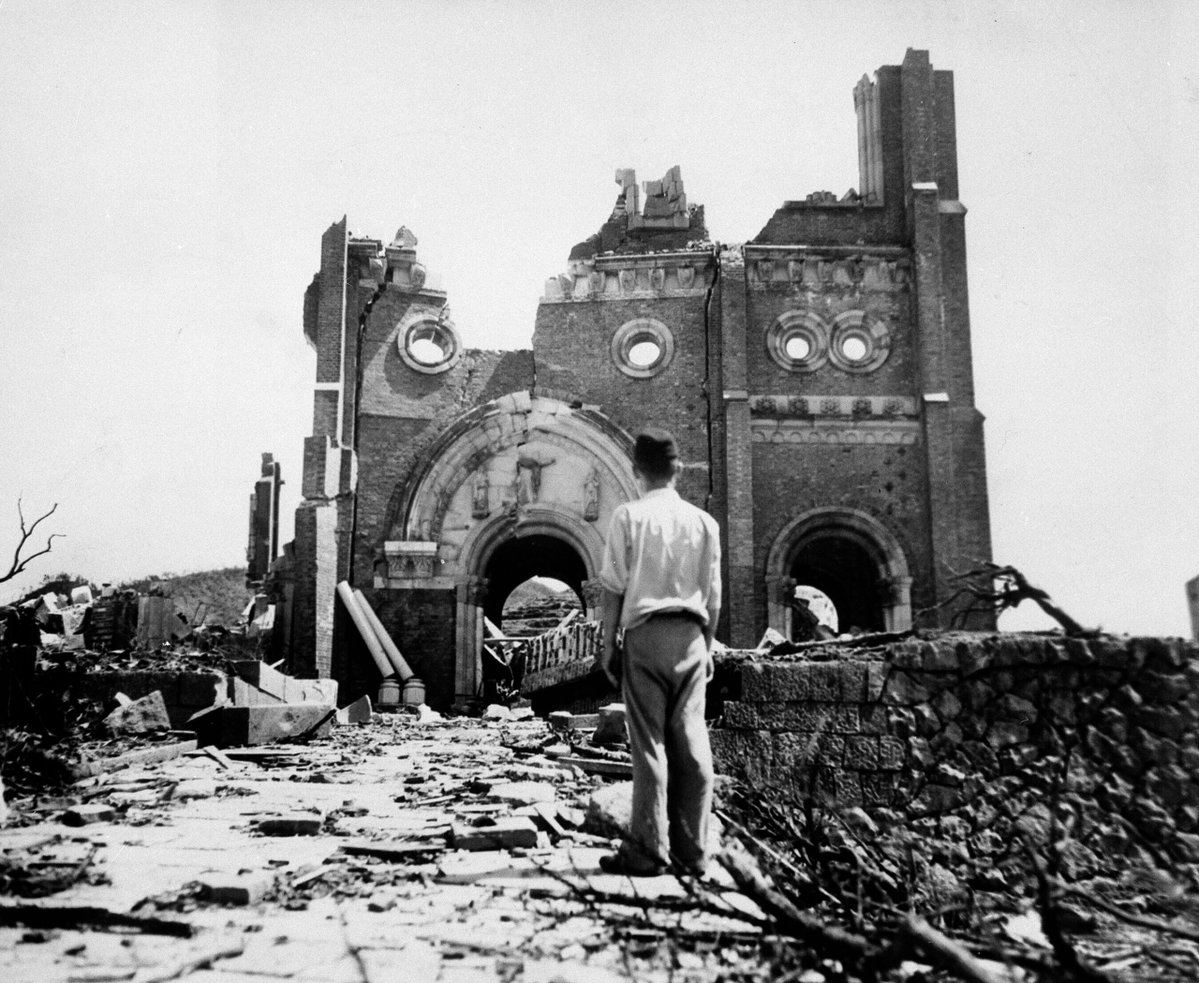
But the Franciscan monastery on the hillside? Spared.
A mountain ridge had shielded it from the worst of the shockwave.
The friars inside survived with minimal injuries.
The building stood.
The friars credited Our Lady’s protection, and the foresight of their founder.
Kolbe had built not with logic, but with faith. A location chosen through prayer became a sanctuary from apocalypse.
A mountain ridge had shielded it from the worst of the shockwave.
The friars inside survived with minimal injuries.
The building stood.
The friars credited Our Lady’s protection, and the foresight of their founder.
Kolbe had built not with logic, but with faith. A location chosen through prayer became a sanctuary from apocalypse.
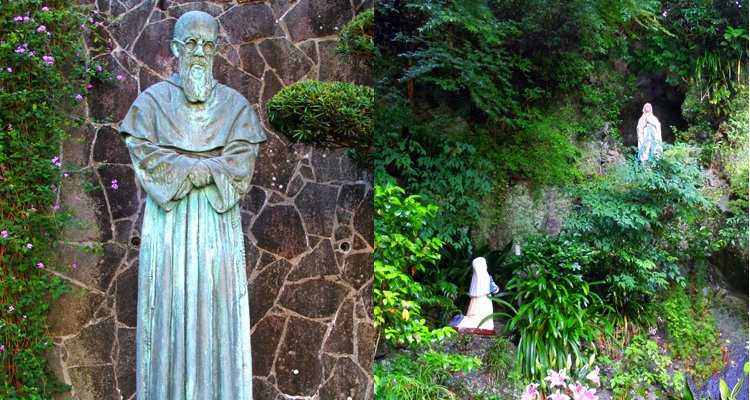
Two cities. Two bombs.
Two Rosary miracles.
> In Hiroshima, a house was spared by daily Rosaries.
> In Nagasaki, a monastery was spared by Marian devotion.
When men listen to Heaven, even hellfire cannot touch them.
Two Rosary miracles.
> In Hiroshima, a house was spared by daily Rosaries.
> In Nagasaki, a monastery was spared by Marian devotion.
When men listen to Heaven, even hellfire cannot touch them.
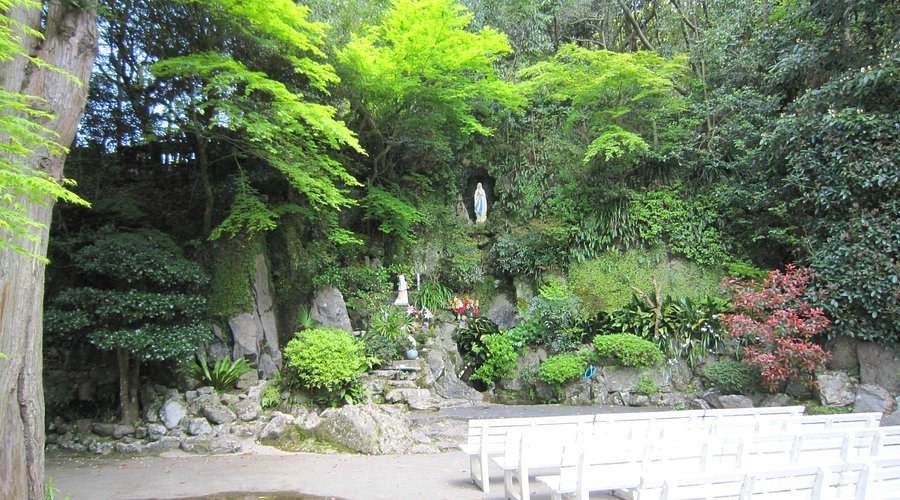
If you want to support our work check out our merch: You get some quality clothing while helping us grow the page and produce better content! tradwest.net

• • •
Missing some Tweet in this thread? You can try to
force a refresh


